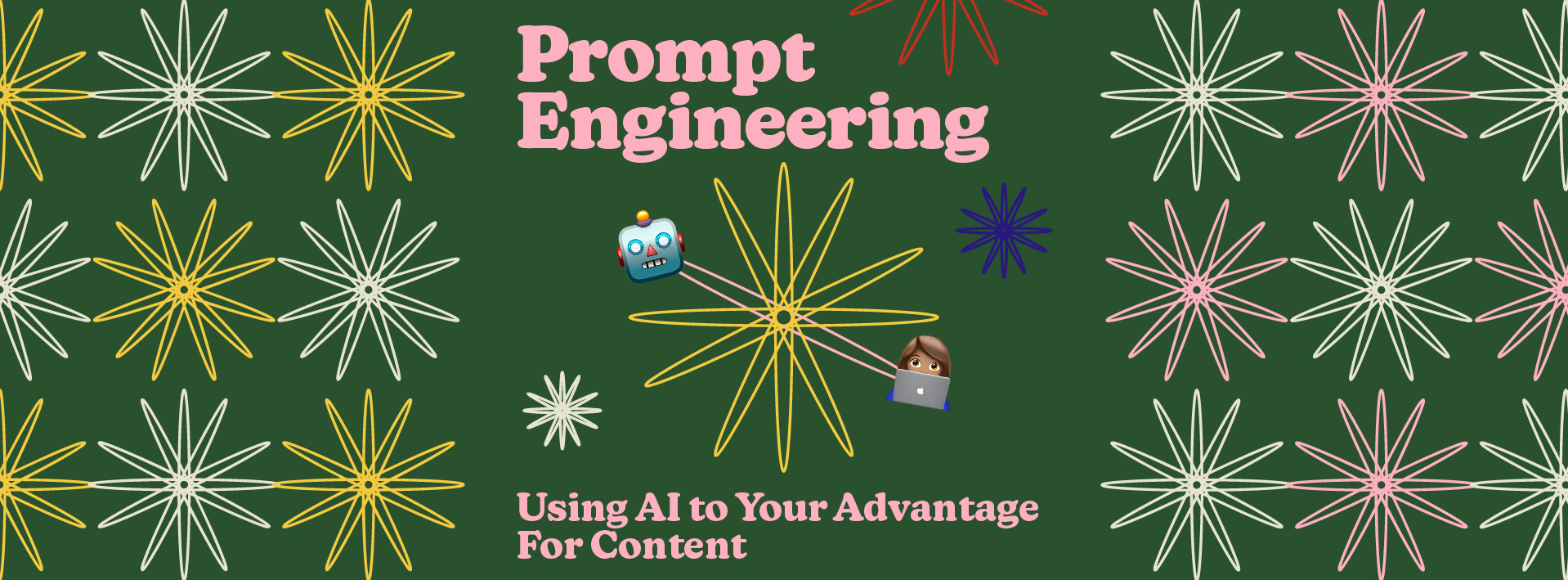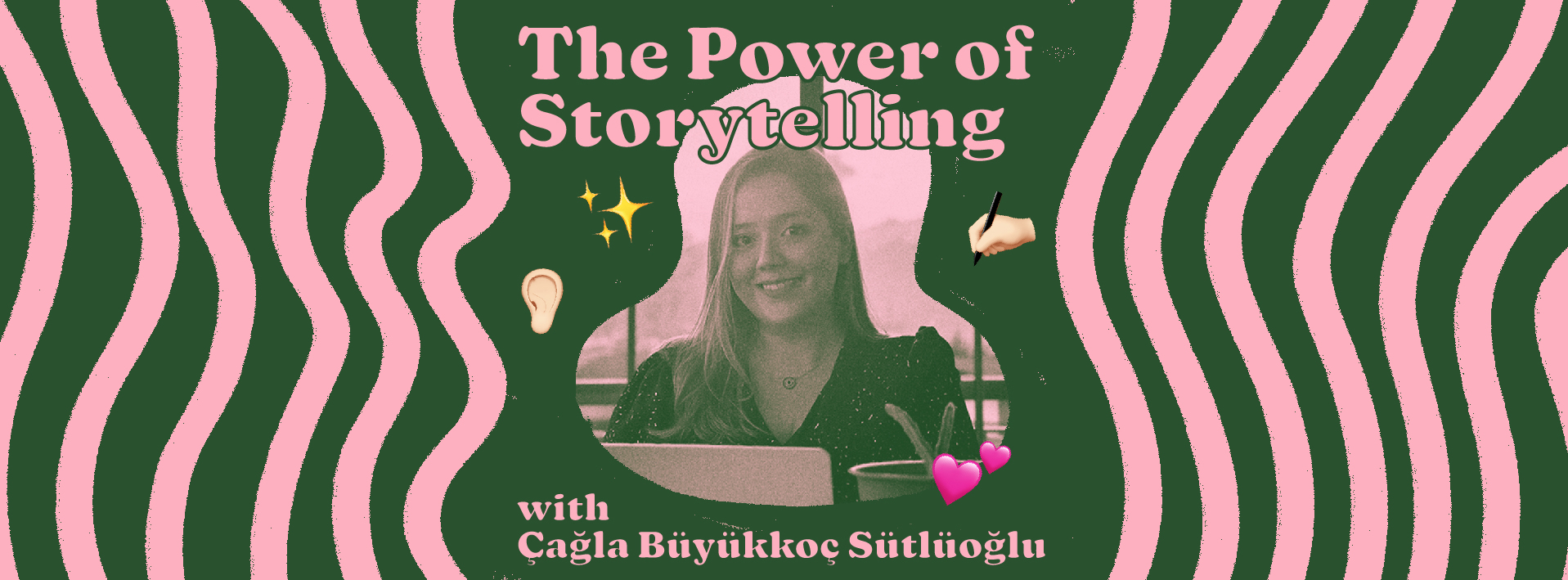Now that we are used to tinkering with AI based language models like ChatGPT, the next stop in this journey towards the future is figuring out how to make the best of them and that starts with prompt engineering. If you work in digital marketing, the chances are you are familiar with how ChatGPT works. But if you’re new to using this machine learning AI tool, it’s better to know how to operate it properly rather than having it generate content blindly.
Because unless it’s used properly, ChatGPT can harm your content marketing rather than aid you in your line of work.
What is Prompt Engineering?
You might’ve seen some job postings pop up for “Prompt Engineer” positions lately. At first glance, the title “engineer” can cause confusion, but this process has nothing to do with machines! The practice of creating and refining an instructional input in order to get results from a generative AI tool is called prompt engineering. After the first exciting boom of generative AI tools, now most users are realizing that these tools need solid inputs in order to get usable results. That’s where prompt engineering comes in.
Important Elements of Prompts
There are a few factors that go into crafting strong, well-rounded prompts for generative AI tools like ChatGPT. If you keep these elements in mind when working with generative AI, no matter the type of work you’re doing, you’re sure to get better results.
Instructions
You have to use plain, simple language for your instructions. Stay away from unnecessary adjectives, complex ideas or directives that require any prior knowledge. Be specific, clear, and concise in your instructions.
Context
How/where you wish to use the generated content is a very important context clue for a language based learning model to generate a relevant result. Indicate the context of your instructions: The AI tool needs to know your exact needs in order to give you a tailored response.
Data Input
If the result you’re looking for can be enriched or supported with data, include it in your prompt. This sort of information can be classified as required knowledge, and unless you provide it, the tool can’t shape it into meaningful content.
Output Pointers
Be sure to include specific directives on how you expect the result to be. The more specific the better. Word counts, number of sections you want the resulting content to have, etc. can be examples for output pointers.
Types of Prompts Engineering
Zero-Shot Prompt
Zero-shot prompts don’t include any additional task-specific directives and they return results based on the existing knowledge of the language based AI model.
One-Shot Prompt
One-shot prompts include an example, but still don’t provide any new information. This allows for the machine learning model to return a result that is shaped similar to the example provided.
Few-Shot Prompt
A few-shot prompt, as you might have guessed, includes several examples of the desired result. This allows the language-based models to better understand the context of the question or task.
Chain of Thought Prompt
You can think of chain of thought prompts like teaching the machine learning model more effectively. This type of prompts include several examples that more specifically focus on how you want the AI tool to think, build on its existing knowledge and provide a more informed, nuanced output.
Effective Prompt Engineering Techniques
If you want to use ChatGPT for your content marketing needs, we recommend you keep these tips for prompt engineering in mind no matter the type of content you’re generating.
Clear Wording
Choose very precise words when giving instructions to an AI language model in order to prevent any confusion. If you’re not clear about your expectations, you might get a resut that’s generic and/or filled with redundant words/sentences.
Examples
This is the training part. Sure, giving specific instructions is necessary, but machine learning AI models learn the best from examples. If you use a copy you yourself wrote for a brand (which was approved) as an example in your prompts, the output will be much more satisfactory.
Indicate Tone, Format & Audience
Don’t forget to include these factors in your prompt: What kind of language do you want the AI tool to use in the content? Who is the targeted audience? What is the exact format (a paragraph, a listicle, etc.) you want the content to have?
Ways You Can Use ChatGPT for Content Marketing
Beyond just having ChatGPT write social media content blindly, you can use it to your advantage in more ways than one. Here are some ideas on how you can utilize ChatGPT for content marketing projects:
Research
Although the current free version of ChatGPT can only access data from before September 2021, recent news indicates that the AI-based language model will be able to access up to date information by connecting to the internet. This means that you can use ChatGPT to research market trends, do competitor analysis and have it provide SEO recommendations for your content.
Content Ideation
Let’s say that you’re a social marketing manager planning the next month’s content calendar for one of your clients. Craft a prompt including information about your client: the industry they belong to, their value propositions, the type of social media presence they wish to establish, their target audience and ask ChatGPT to give you ideas. Sure, some of its ideas might be redundant or irrelevant, but it can be a savior when you’re feeling stuck.
Persona Creation
You can use the content you created for your client thus far in a prompt where you can ask ChatGPT to define a persona for their brand. This can help you brainstorm ideas with ChatGPT about what kind of brand image that persona can have and how you can create it.
Brief & Outline Creation
You can also utilize ChatGPT to make your job easier when you’re preparing for a blog article that will be published by the brand. Write a prompt that covers information about the brand and which topic you want the article to be about and have ChatGPT create an outline for you. Speaking from experience, the result will require heavy editing as the AI-based language model can regurgitate the same points over and over again, but it can give you some ideas.
Things to Watch Out for When Using ChatGPT
As helpful as it is, ChatGPT has several caveats. Knowing where this tool thrives and fails will allow you to use the tool more consciously, leading to much better and reliable results.
Biases
We really don’t have a way of knowing the source of data that was used to train ChatGPT or how inclusive it was. This can sometimes result in biased knowledge or understanding, which in turn limits the creativity of ChatGPT.
Outdated Data
If you’re asking for any output that requires knowledge about anything that happened (or changed) after September 2021, ChatGPT will fail to satisfy you. Keep your queries related to content marketing about evergreen topics to avoid any misinformation.
Readability
If you don’t include specific directives in the prompts you give to ChatGPT, its output can resemble a word salad: confusing repetitions of the same ideas, using similar adjectives over and over again, paraphrasing the same sentence several times, etc. This is one of the reasons why prompt engineering is so critically important if you want to make the most out of language-based AI models. A lower readability score can also be “punished” by Google’s search engine algorithm and lower the overall SEO score of a web page.
Data Privacy
Don’t include any private information or data about your company or your clients when working with ChatGPT. Any information that is or will be public about a brand is safe to use in your prompts, however avoid including anything that can violate privacy policies.
All that is to say, ChatGPT needs a guiding hand when it comes to generating coherent, usable, interesting content. If you’re excited about using ChatGPT for your brand’s content needs, we can help you get the best out of it! Email us at [email protected] and let the professionals lead the way!




